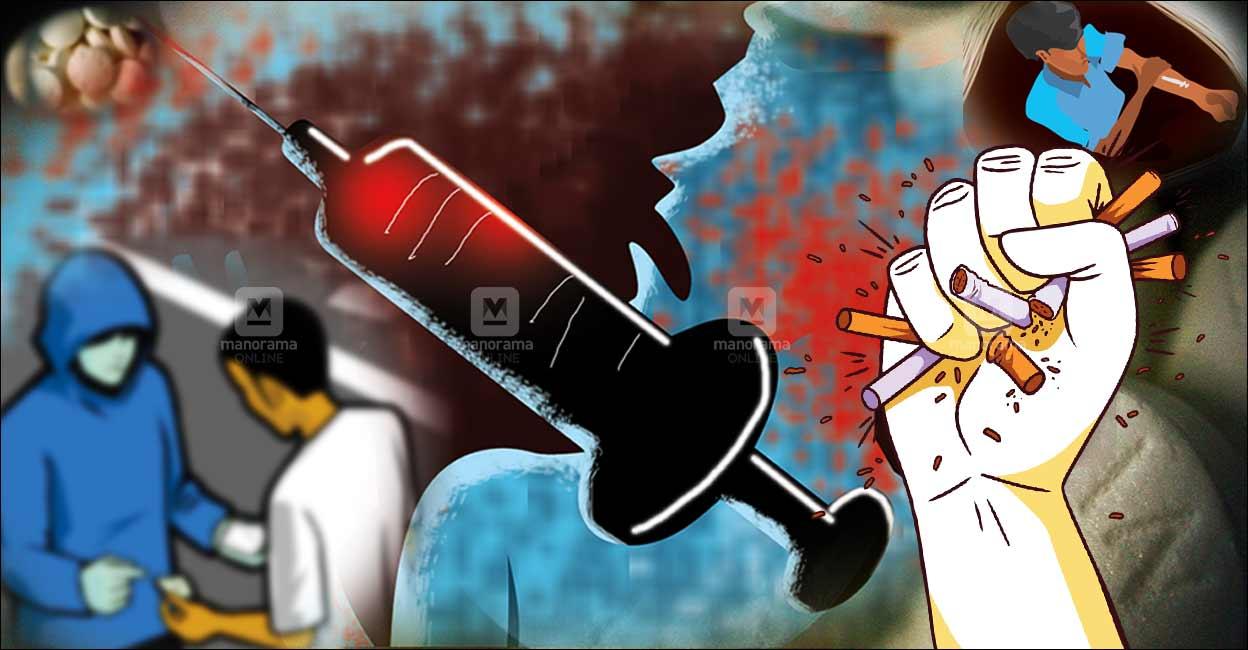PM Narendra Modi calls upon religious leaders and social organizations to launch a mass movement against drugs (NewsOnAir)

- 27 Dec 2023
Why is it in the News?
On the occasion of Veer Bal Diwas in New Delhi, PM Narendra Modi calls upon religious leaders and social organizations to launch a mass movement against drug menace.
Drug Menace in India:
- Alcohol, cannabis, opium, and heroin constitute the primary drugs abused in India.
- Approximately 13% of substance abusers in the country are under 20 years old.
- Adolescence is identified as a critical-risk period for the initiation of substance use.
- Children impacted by substance abuse fall under the category of children in need of care and protection as per the Juvenile Justice (Care and Protection of Children) Act 2015.
- In various regions, including Punjab, Assam, Mizoram, Chhattisgarh, Gujarat, Haryana, Bihar, Delhi, etc., drug abuse prevalence is notably high.
- Key causes of drug abuse include factors such as poverty, peer pressure, illiteracy, low self-esteem, and genetic predisposition.
Challenges in Combating the Drug Menace:
- India, strategically located between the Death Triangle (Thailand, Myanmar, and Laos) and Death Crescent (Pakistan, Afghanistan, and Iran), is a prominent hub for drug trafficking, particularly in major opium production regions globally.
- Porous borders exacerbate the problem, and technological advancements, such as the utilization of the dark net and cryptocurrency for drug trafficking, further complicate law enforcement efforts.
- Criminalizing drug abuse contributes to social stigma for addicts, deterring them from seeking essential medical assistance.
- There is a notable absence of comprehensive studies assessing the societal impact of drug abuse, hindering the formulation of informed strategies.
Efforts to Combat the Drug Menace:
- The Narcotics Drugs and Psychotropic Substances (NDPS) Act of 1985 outlines measures for identification, treatment, and rehabilitation.
- The Nasha Mukt Bharat Abhiyaan targets 272 highly vulnerable districts with a focus on community outreach.
- The Seizure Information Management System (SIMS) portal facilitates the management of cases involving substantial drug seizures.
- The National Action Plan for Drug Demand Reduction (NAPDDR) spanning 2018-2025 adopts a comprehensive, multi-pronged strategy.
- Furthermore, adherence to international conventions, including the Convention on Narcotic Drugs (1961) and the Convention on Psychotropic Substances (1971), reinforces India's commitment to addressing the global issue of drug abuse.
